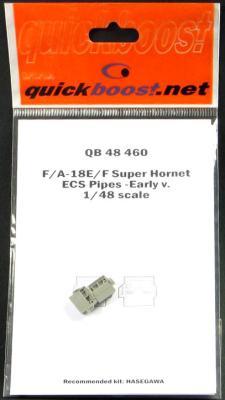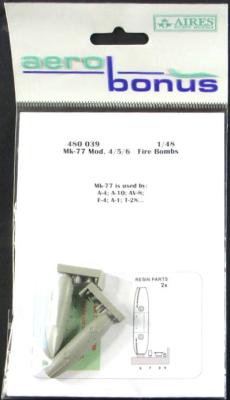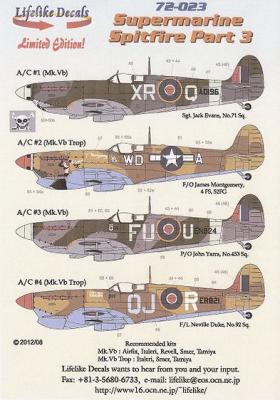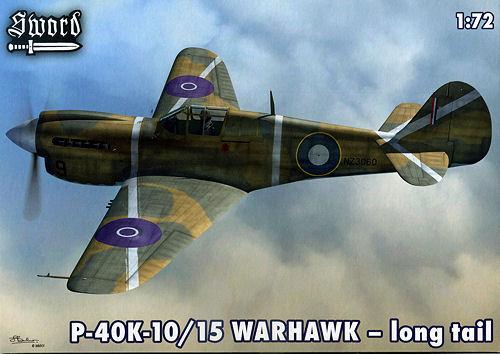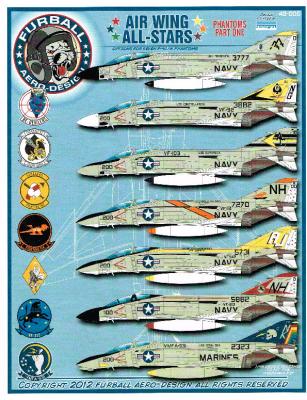For those who stay up on the latest US Navy aircraft, we have all heard of the evolution of the classic Hornet into the all new F/A-18 E/F Super Hornet. As with any aircraft, it’s undergone several updates even within its short service thus far. One of the areas that has been updated is the infamous Environmental Control System (ECS) exhaust. Several iterations of design have been tried before the exhaust ports settled on the BARD stacks. With the early vents came insulation blankets installed behind the vents as a stopgap solution to the skin damage that was happening aft of the vents. Now, all Super Hornets from Lot 28 and up have the newer stacks built in during assembly, with modifications starting to be retrofitted on earlier jets. Several kits have hit the market within the last several years, some better than others.
Welcome to the IPMS/USA Reviews site!
Introduction: The primary organization of the IPMS/USA Review website is by IPMS/USA National Contest Class. Within each Class there are sub-menus by kits, decals, books, etc. The Miscellaneous Class is for items that are not class specific or that cross two or more classes.
IPMS/USA Members: We encourage you to submit reviews, both here and to the Journal. To volunteer for membership in the IPMS/USA "Reviewers Corps" and submit your own reviews, please read the Guidelines For Submitting Product Reviews.
Manufacturers, publishers, and other industry members: IPMS/USA is pleased to offer your company the opportunity for product reviews. All product reviews are performed by IPMS/USA members, and are posted in the publicly-accessible section of our website. With very few exceptions, we perform full build reviews of new kit releases, aftermarket products, and supplies. If you would care to provide product samples for review, please contact John Noack, IPMS/USA 1st VP.
To learn more about IPMS/USA, please see our About Us page.
The Mark-77 bomb (MK 77) air-dropped incendiary bomb contains a fuel gel mix that is similar to napalm, but different in that it is kerosene-based rather than gasoline-based. Of course, its effects are similar to napalm, thus the term is used generically to describe the Mk-77 even though it technically is not napalm. The Mk-77 is the primary incendiary weapon used by the US, and has been used in both Operation Desert Storm and recent operations in OIF/OEF. One of the main uses during Desert Storm was to ignite the miles of oil filled trenches being used as barricades by Iraq against collation forces.
The primary fusing system consists of the igniter Mk-273 Mod 0 with the M918 fuse, or the initiator Mk-13 (igniter Mk-273 Mod 1 with the Mk-343 fuse). The Mk-77 Mod 4 also has provisions in the nose and tail for an alternate fusing system using the AN-M173A1 fuse and AN-M23A1 igniter.
- Spitfire Decals Part 3, 72-023, $18.00
- Spitfire Decals Part 4, 72-024, $18.00
- Hurricane Decals Part 1, 72-025, $18.00
The first Lifelike Decals sheet, Spitfire Pt. 3, provides decals for four Mk. V aircraft, and historical backgrounds for each aircraft. The aircraft depicted are:
- Spitfire Mk. Vb, AD196, Sgt. Jack Evans, No. 71 (Eagle) Sqdn, Debden, Aug. 1942
- Spitfire Mk. Vb or Vc. Serial unknown, F/O James Montgomery, 4FS/52 FG, USAAF, Sicily, 1943.
- Spitfire Mk. Vb, EN824, P/O John Yarra, No. 453 (Australian) Sqdn., Martlesham Heath, December, 1942
- Spitfire Mk. Vb, ER821, F/L Neville Duke, No. 92 Sqdn., Libya, 1943.
There are enough roundels for one RAF and one USAAF aircraft, although the other markings are provided for all four aircraft. You’ll need extra roundels for this one.
History
The Curtiss P-40 was one of the most famous fighters of World War II, and went through a long series of modifications during its service life. Although not up to the standard of later fighters, it was available in substantial numbers, and could generally hold its own when flown by competent pilots. While later replaced by P-38’s, P-47’s, and P-51’s, P-40’s continued in service in many air forces after the war, and some were flown by civilians, often for racing. Quite a few are still flying today, and it is not unusual to see one at a fly-in or air show.
Introduction
Let's start with a little word equation: U. S. Navy + the mid-70's + F-4 Phantoms = Colorful Aircraft, and that's what this decal package is all about. Every option provided reflects a Phantom in hi-vis markings from the 1970's, a time of colorful U. S. Navy aircraft.











